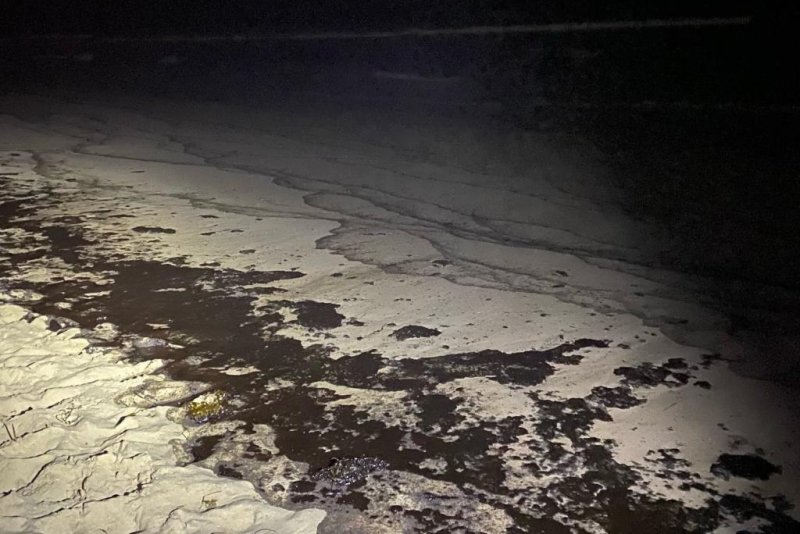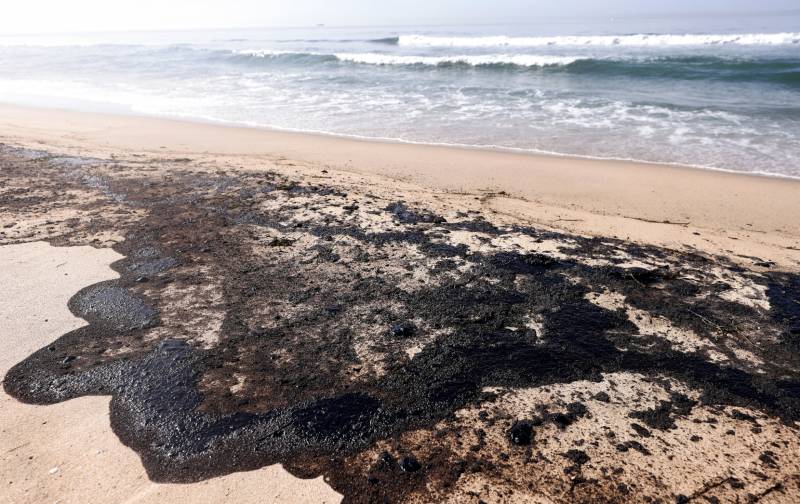Crude oil is selling for over $100 per barrel, but 200 years ago it was a plentiful resource used in medicine and cosmetics. Here are 15 surprising facts about the history of oil and gas.
Dominick Reuter
Sun, May 22, 2022
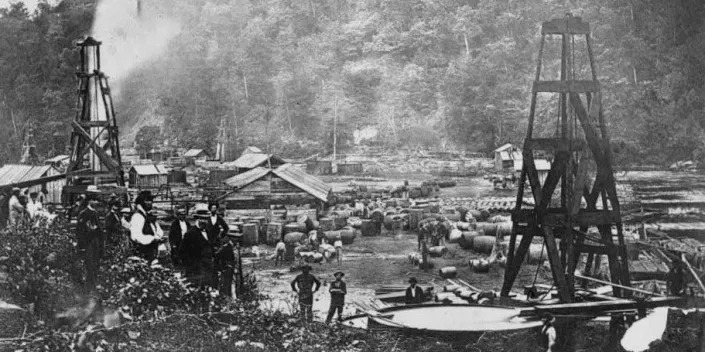
For the past century, crude oil has been the lifeblood of the global economy.
Before that, the oil industry was marked by wild swings in the usefulness and market value of the resource.
Here are 15 surprising facts about the history of oil, according to Daniel Yergin's 1991 book "The Prize."
Commonly called "rock oil," crude oil was found in many places around the world seeping out of the ground or floating on the surface of ponds or streams.
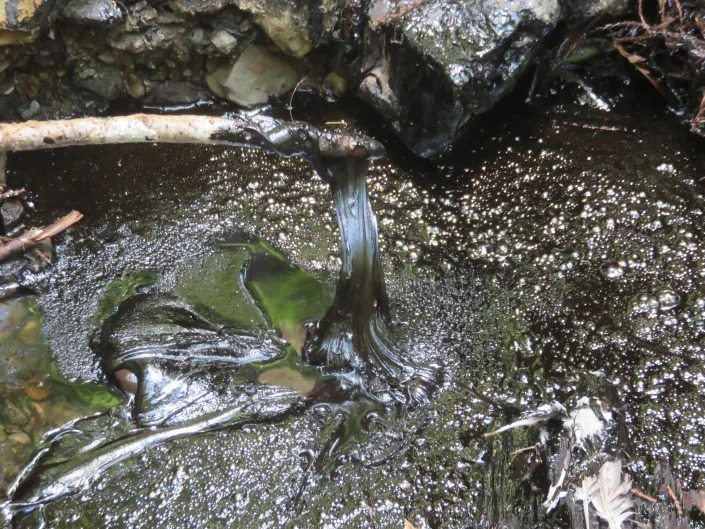
Source: Yergin, p. 19
Indigenous peoples in North America and Asia commonly used "rock oil" for both medicinal and cosmetic purposes, including treating headaches, toothaches, upset stomachs, and even straightening eyelashes.

Source: Yergin, p. 19
People would typically collect the oil using rags or blankets to soak it up and wring it out into a container.
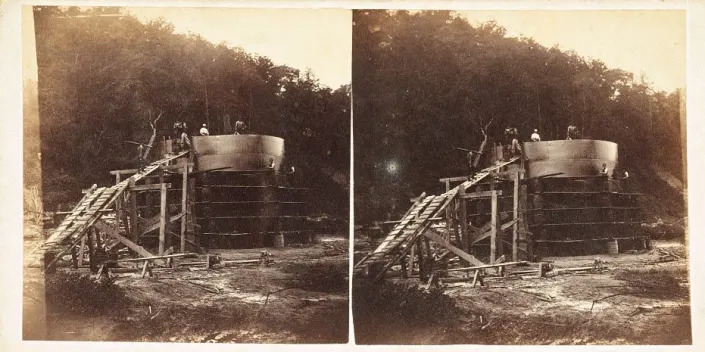
Source: Yergin, p. 19
One 19th century banker, when asked for funding for the novel idea of drilling for oil, famously scoffed at the idea: "Oil coming out of the ground, pumping oil out of the earth as you pump water? Nonsense! You're crazy."
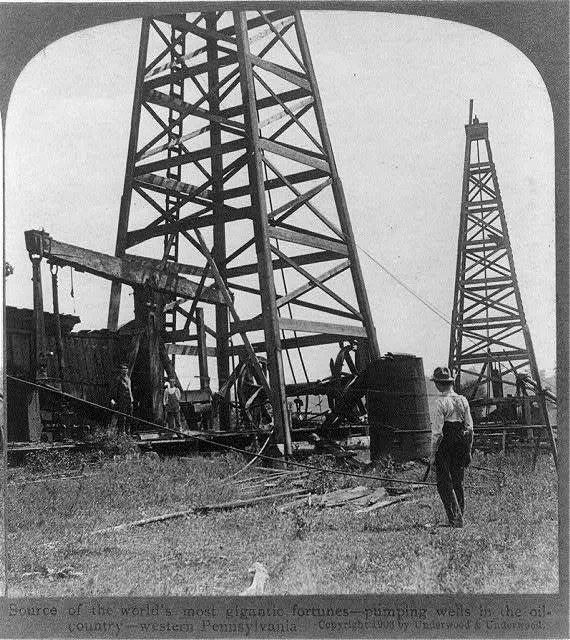
Source: Yergin, p. 26
Soon, pumped oil was worth half as much as the whiskey barrels that were repurposed to hold it. To this day, the 42-gallon whiskey barrel remains the unit of measure for the industry, even when no actual barrels are used.

Source: Yergin, p. 28
Drillers set off the first-ever gusher in April 1861, sending 3,000 barrels per day up into the air before an explosion and fire killed 19 people and burned for three days.
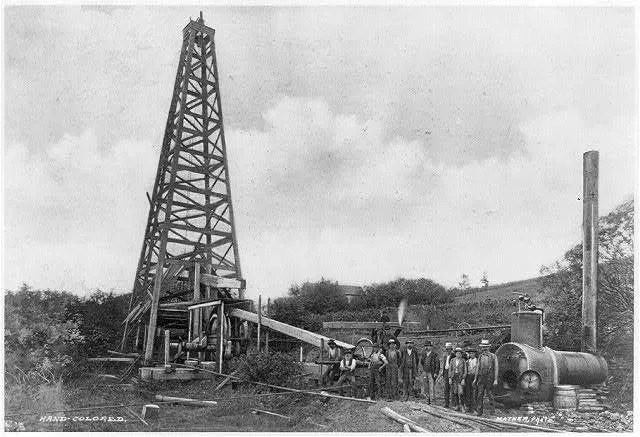
Source: Yergin, p. 30
When the Civil War disrupted the supply of camphene illuminating oil from the South, a market for kerosene derived from Pennsylvania oil emerged. The Union also began exporting crude oil to Europe's growing market.
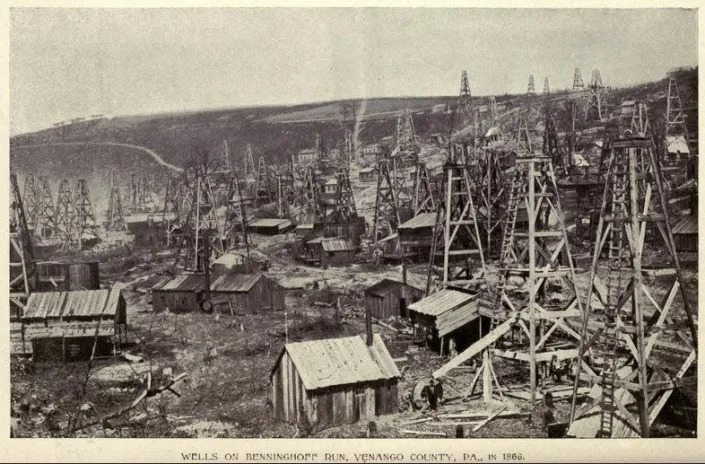
Source: Yergin, p. 30
After the war, the rush to produce outpaced demand so much that a price crash in the 1870s made oil cheaper than drinking water for households in the oil regions.
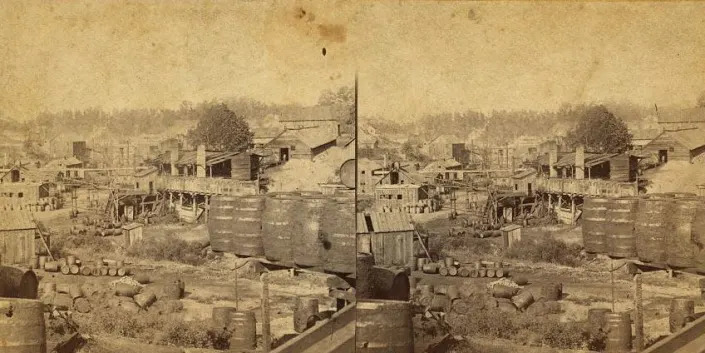
Source: Yergin, p. 42
Kerosene was the dominant petroleum product prior to 1905, while gasoline was a small byproduct that was often poured off into rivers. Gasoline sold for as low as 2 cents a gallon in 1892.
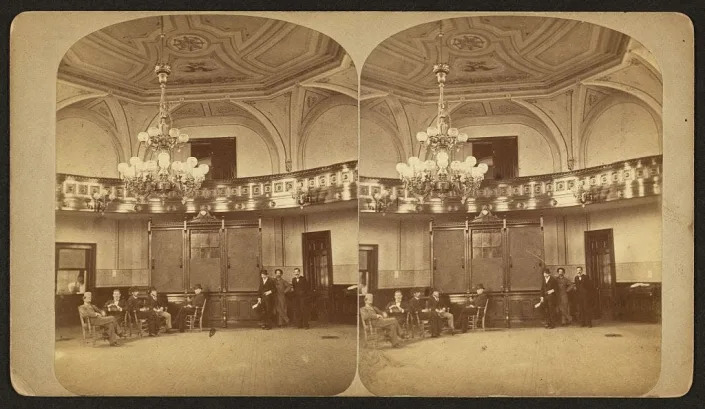
Source: Yergin, p. 14
That began to change in 1905 with the invention of the automobile, which led gasoline sales to overtake kerosene sales by 1911.

Source: Yergin, p. 95
In the early years of the automobile, gasoline was sold at hardware stores and general stores by shopkeepers who kept it in unbranded cans under the counter or outside behind the store. Some entrepreneurs even attempted to deliver via gasoline wagons, which had a tendency to explode.
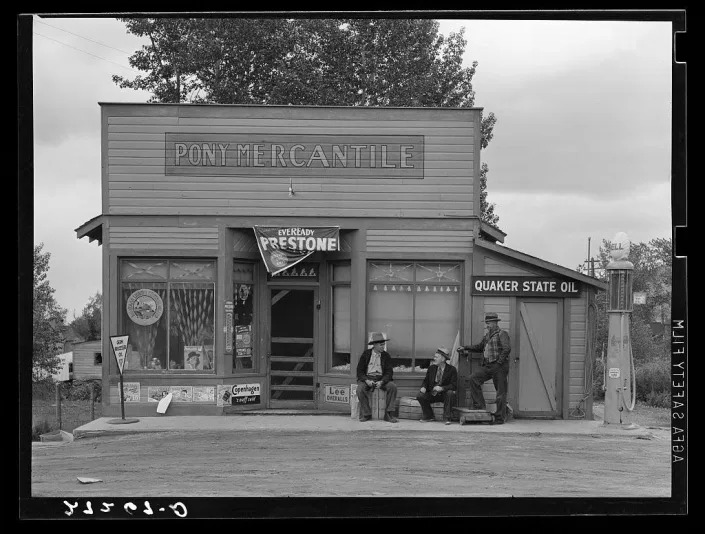
Source: Yergin, p. 209
World War I ushered in the modern oil era, when combustion engines demonstrated their reliability and superior versatility over coal- and horse-powered modes of transportation.
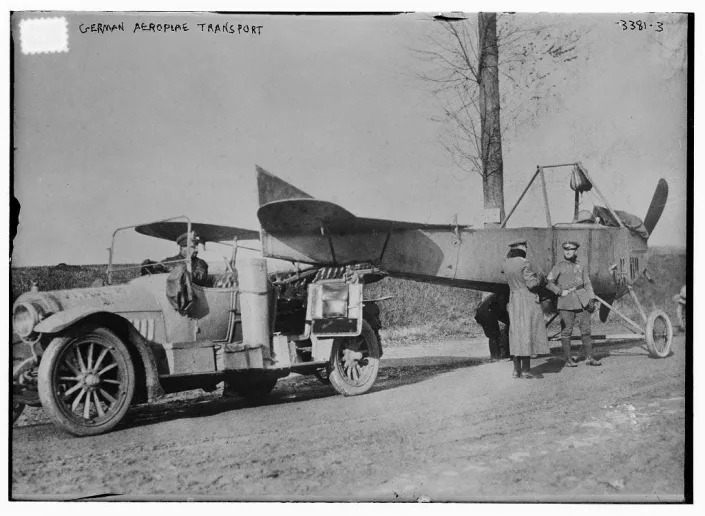
Source: Yergin, ch. 9
By 1920, the concept of a service station had taken root, with roughly 12,000 drive-in gas stations in 1921, rocketing up to more than 140,000 in 1929.
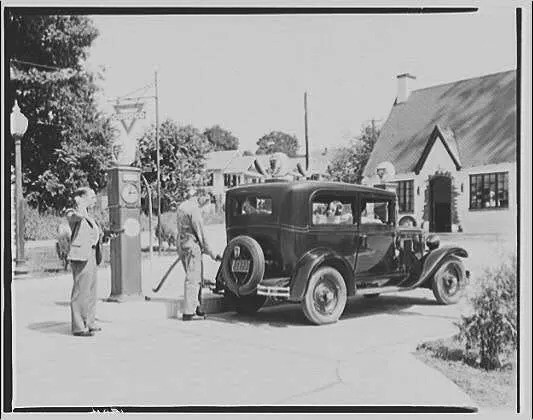
Source: Yergin, p. 209
By 1929, once-dominant kerosene was basically negligible, due to the heightened demand for gasoline and fuel oil, which represented 85% of oil consumption.
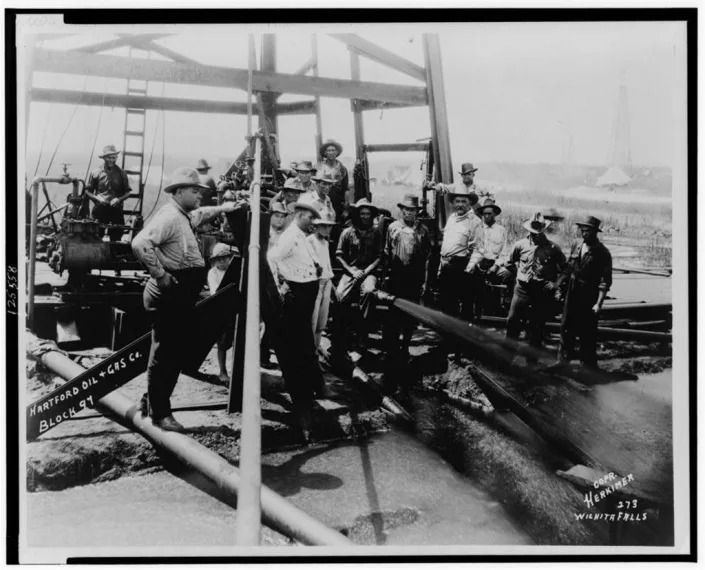
The 1920s also forged the bond that would tether politics and oil prices for the next century. One Wisconsin Senator railed against corporate price manipulation, warning that if it were to continue "the people of this country must be prepared, before long, to pay at least $1 a gallon for gasoline."
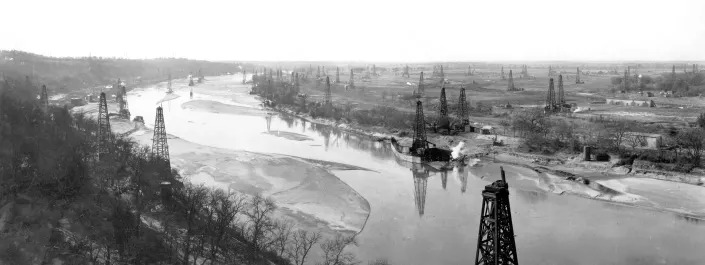
Source: Yergin, p. 211
Read the original article on Business Insider









